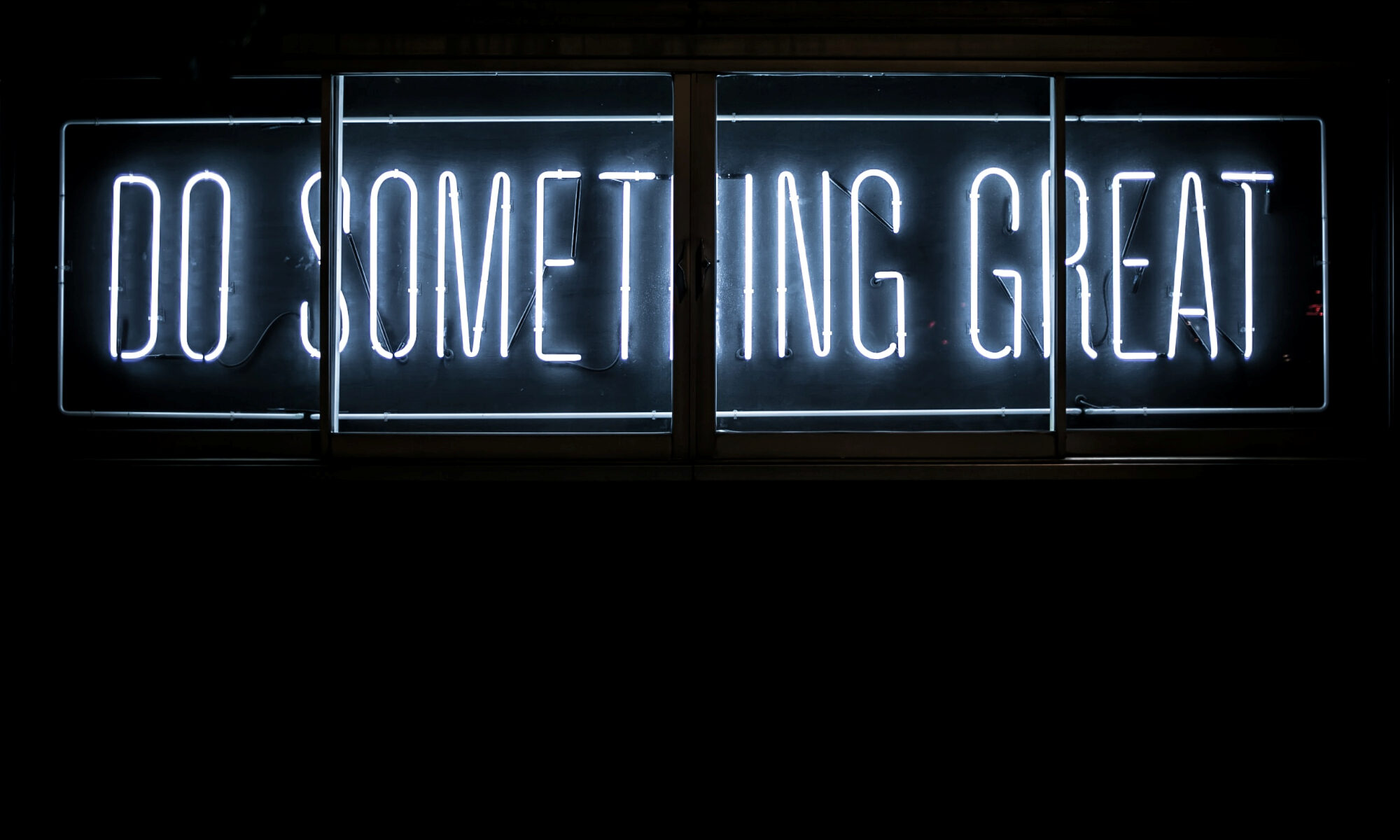- Coinbase has been an investor in CoinDCX since 2020 and disclosed the latest infusion in October.
- The approval follows Coinbase’s reopening of user registrations in India after a two-year hiatus.
- CoinDCX reported a $44.2 million wallet-related security breach in July without customer fund losses.
India’s competition regulator has cleared Coinbase’s plan to deepen its ties with CoinDCX, marking another step in the US-based exchange’s renewed engagement with the Indian crypto market.
The approval allows Coinbase to acquire a minority stake in DCX Global Limited, the parent company of CoinDCX, at a time when global exchanges are reassessing their exposure to high-growth but tightly regulated jurisdictions.
For India, the decision signals a willingness to permit foreign participation in the digital asset sector under formal regulatory scrutiny, even as policy uncertainty and elevated taxes continue to shape market behaviour.
The clearance was issued by the Competition Commission of India on Wednesday, following a review of the proposed transaction.
It comes shortly after Coinbase reopened user registrations in India, ending a two-year pause in local onboarding.
Together, the developments point to a cautious but deliberate attempt by Coinbase to rebuild its presence in one of the world’s largest potential crypto markets.
CCI clears Coinbase CoinDCX deal
The Competition Commission of India approved the transaction involving Coinbase Global Inc. and DCX Global Limited, enabling the acquisition of a minority shareholding.
The regulator confirmed the decision through an official disclosure shared on social media platform X, stating that the proposed combination had received approval.
Coinbase has been associated with CoinDCX since 2022, having invested in the Indian exchange during its earlier expansion phase.
The latest approval formalises an additional capital infusion that was disclosed by Coinbase in mid-October, but required regulatory sign-off before completion.
Coinbase India return strategy
The investment approval aligns with Coinbase’s broader effort to re-enter India after scaling back operations in 2023.
Last week, the exchange resumed onboarding Indian users, initially enabling crypto-to-crypto trading.
According to company plans, a rupee on-ramp is expected to follow in 2026, expanding access beyond token swaps and improving local usability.
This phased approach reflects the constraints of operating in India’s regulatory environment, where compliance requirements and payment restrictions have previously limited foreign exchanges.
By strengthening its stake in CoinDCX, Coinbase gains indirect exposure to local market infrastructure while maintaining regulatory distance from day-to-day operations.
CoinDCX security and market context
The approval also comes after a turbulent year for CoinDCX.
In July, the exchange disclosed a $44.2 million security breach involving one of its wallets.
The company said at the time that customer funds were not impacted, but the incident added pressure in an already cautious market environment.
India continues to pose challenges for crypto platforms due to high transaction taxes and unresolved regulatory frameworks.
Despite these hurdles, the competition watchdog’s decision suggests that authorities are prepared to accommodate global firms, provided investments are structured and subject to oversight.
For Coinbase, the clearance offers a regulated pathway back into India.
For the broader market, it highlights how foreign exchanges may increasingly rely on minority investments and partnerships to navigate complex local rules.
The post Coinbase gains India regulatory clearance for CoinDCX investment appeared first on CoinJournal.



